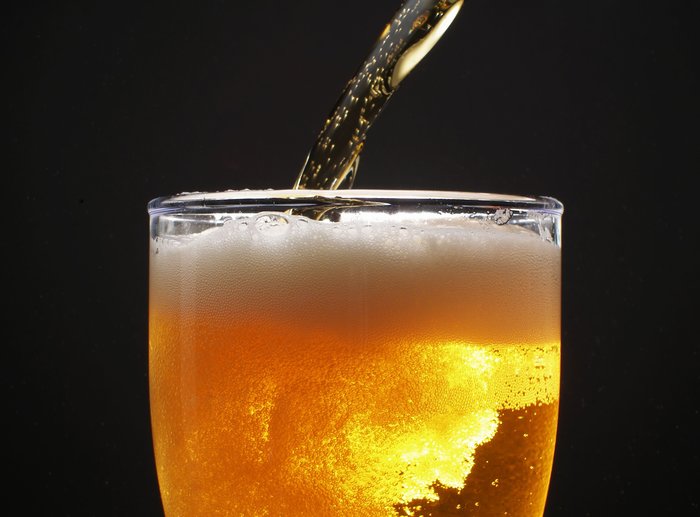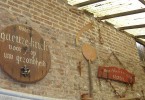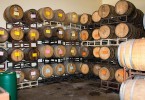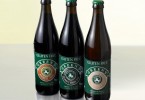Olfactory analysis of beer: malt, hops, yeasts, spices and aromas
After having scanned visually the beer in our glass, this is the moment of analyse it under the olfactory analysis.
What does the beer give us during the olfactory exam?
First of all we will able to distinguish the raw material: the malts will give sweet and honey notes, almost roasted, with strong aromas of coffee, liquorice and chocolate but also smoked aromas given by particular processes that foresee the smoking of malts.
Hops, often-fundamental parts that characterise the aroma of beer, besides its bitter taste. They will lead our senses towards floral aromas, but also of herbs, resin, citrus, tropical fruits, pepper.
Importanti per l’aroma di una birra sono ovviamente i lieviti, che durante la fermentazione producono svariate qualità di esteri, composti più o meno volatili originati dalla reazione tra gli acidi organici del mosto con gli alcoli superiori, anch’essi responsabili di aromi fruttati tipici delle birre belghe. L’esempio più lampante sta nell’aroma di banana presente nelle weisse tedesche. Attenzione però, se presenti in quantità troppo elevati, possono dare origine a difetti come l’odore di solvente.
Yeasts are obviously important for the characteristic aroma of beer, that during the fermentation produce lots of elements, more or less volatile that derives from the reaction between organic acids of the must and alcohol. They are responsible of the typical fruity aromas of Belgian Beers, such as for example the evident aroma of banana in the German weizen. Pay attention, however, because if they are too much, they can give origin to some flaws like the smell of solvent.
Finally other aromas are the consequence of particular productive processes such as the spicing. Many recipes foresee, in fact, the use of different types of spices like, pepper, coriander, cardamom, myrrh, ginger, chilli pepper and many others. Also the maturing in wooden barrels will characterize the final aroma: the barrels, where the beer will mature, would have host previously whisky, rum or wine, but also virgin barrels will leave their trace to the beer.
Possible flaws…
The last thing: I’ve told you up to now about the most funny part of the olfactory exam, but it is important that you exercise also your smell to recognize the possible flaws of a beer. The characteristic that a good beer has to have, both in aroma and the taste is its cleaness. The aromas have to be well-balanced, never dominant one on the other and above all never dirty. Acetic aromas (if not foresees), sulphurous, buttery and irony are clear symptoms of flawed beers.
Did you read the previous article about the sensorial analysis of beer “the visual exam”?







